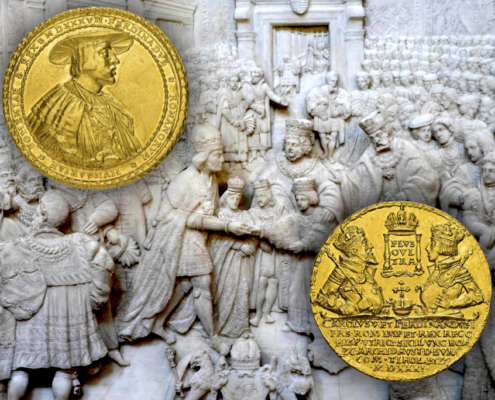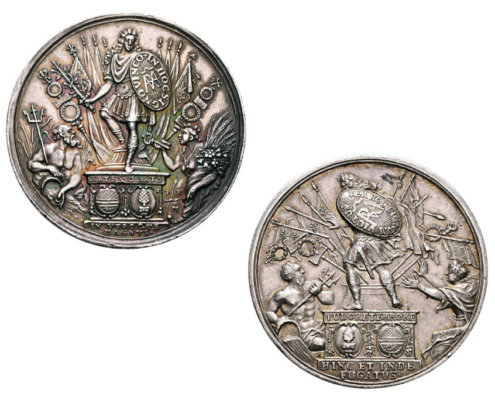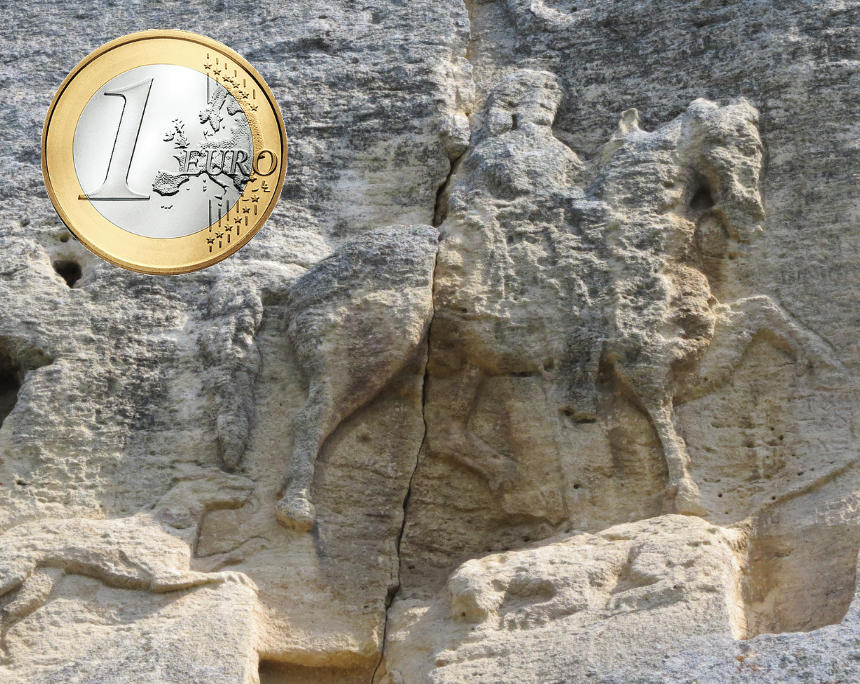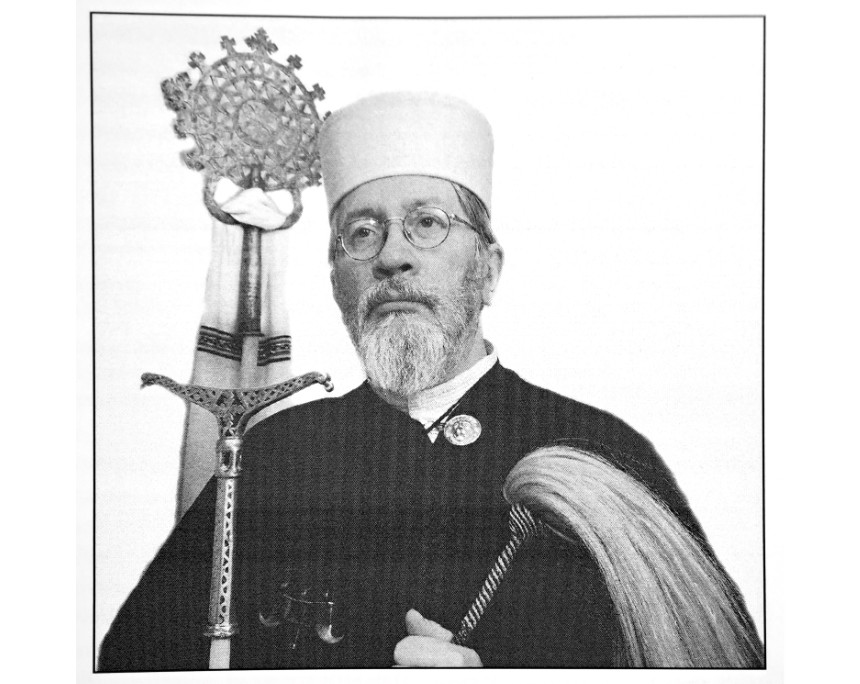1/2 Reichstaler 1621,
under Wilhelm V of Hesse-Kassel as administrator.
Condition: ef+


city of Besançon,
3 Pistols 1666 with title Charles V.
Condition: CH UNC

Bavaria, Chaise d'or (imperial shield)
1328-1347 under Emperor Louis IV.
Condition: ef

Reichstaler 1654-1668
under Count Guidobald von Thun.
Condition: vf-ef

Solidus (491-518)
under Anastasius the righteous.
Condition: vf-ef

Archive: People and Markets
Bulgaria and the Euro: the Current Situation
The plan was for Bulgaria to become a member of the eurozone by January 2024. However, this timeline will not be met. Find out more about the state of negotiations and the motifs that will be depicted on future Bulgarian euro coins.
Celebrating Wolfgang Hahn’s 80th Birthday
There are numismatists who are an integral part of the numismatic world. One of them is Wolfgang Hahn, who shaped the fate of the Department of Numismatics and Monetary History in Vienna from 1990 to 2010. On 12 March 2025, he celebrated his 80th birthday.
Archive: Coins, Medals and more

The Turks, the Bohemian Estates and Two Gnadenpfennigs by Ferdinand I
SINCONA’s spring auction will be held from 13 to 15 May 2024. Among other highlights, two extremely rare gold gnadenpfennigs by Ferdinand I are on offer. The multiple coins with a weight of 10 and 15 gold gulden are among the great treasures of Habsburg numismatics. We share their story.

Between Triumph and Tragedy – Maximilian II Emanuel, “The Prince of Bankrupts”
Maximilian II Emanuel of Bavaria, known as gifted general, an avid builder, and a passionate collector of art, led a turbulent life. Medals offered in Auction 18 of Leu Numismatik AG reflect both the heights and humiliations of Maximilian’s military campaigns in southern Germany.















Two-Euro Ticker: New 2-Euro Coins in September 2024
The Federal Republic is once again stirring up the collector world with two surprising announcements. Additionally, San Marino, Slovakia, and Latvia are delighting collectors with new designs.
A Short Numismatic History of New Zealand
Heritage offers a banknote that is considered a highlight of the monetary history of New Zealand. Reason enough for coin dealer Joshua Lee to present some of New Zealand’s most spectacular coins and banknotes.